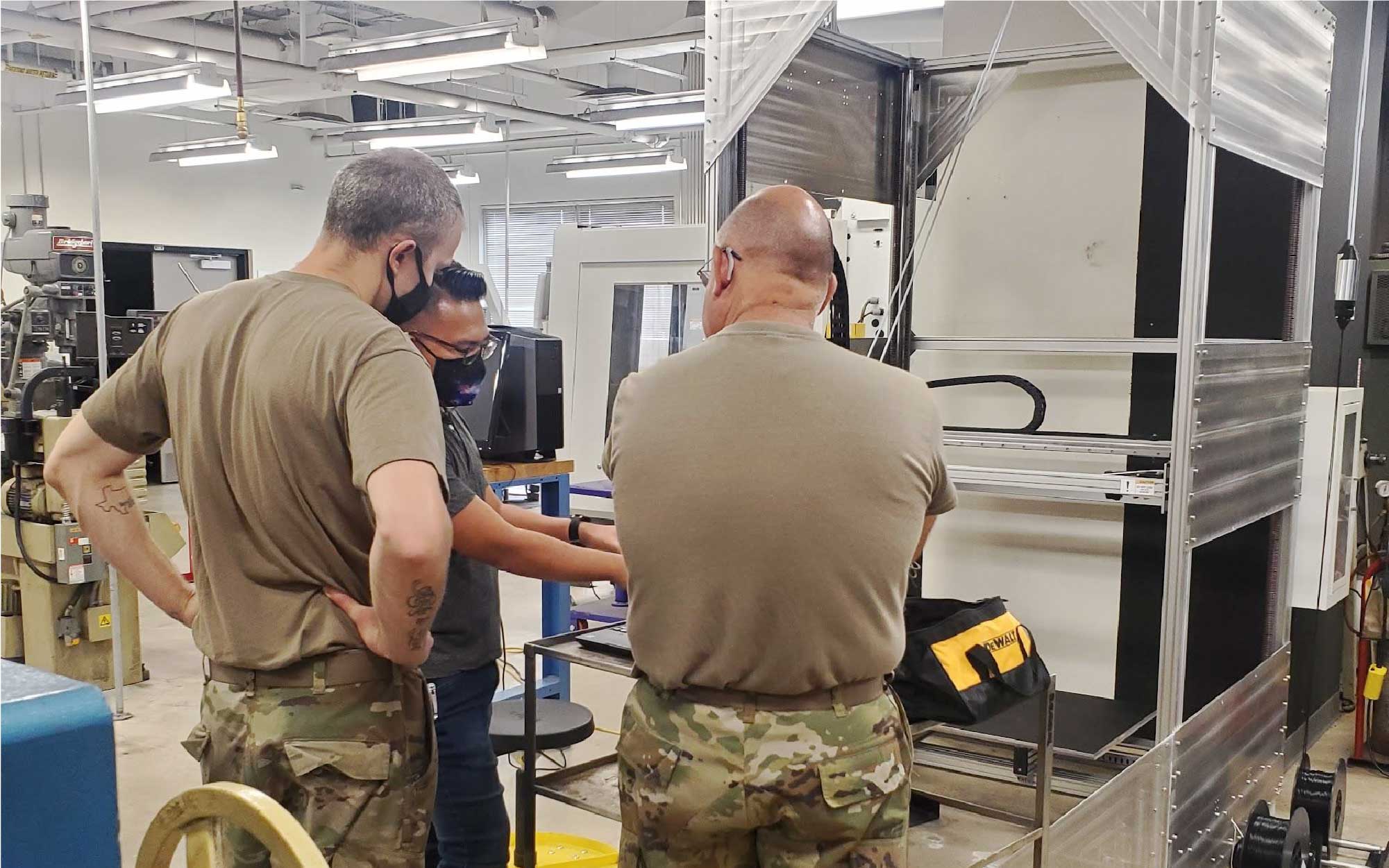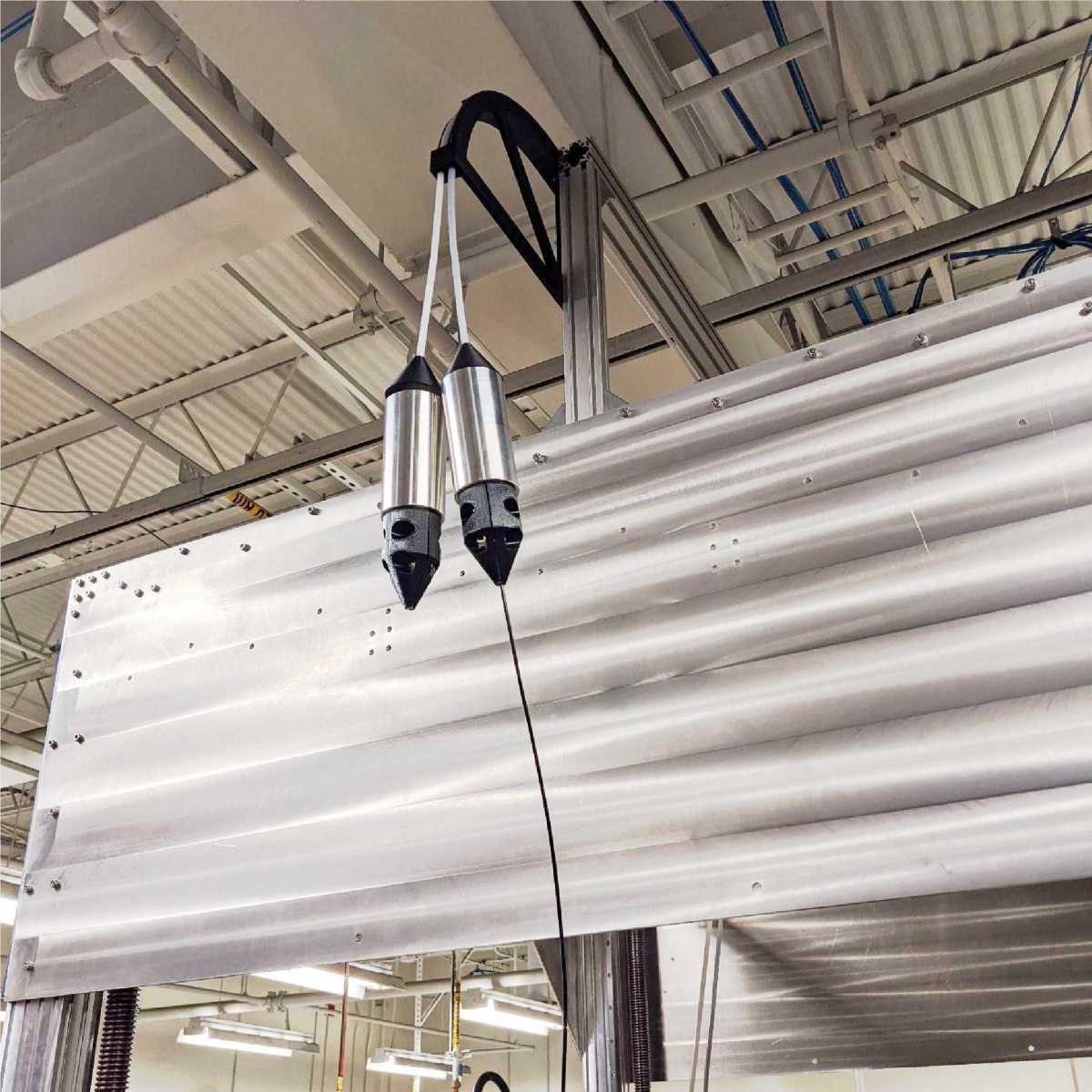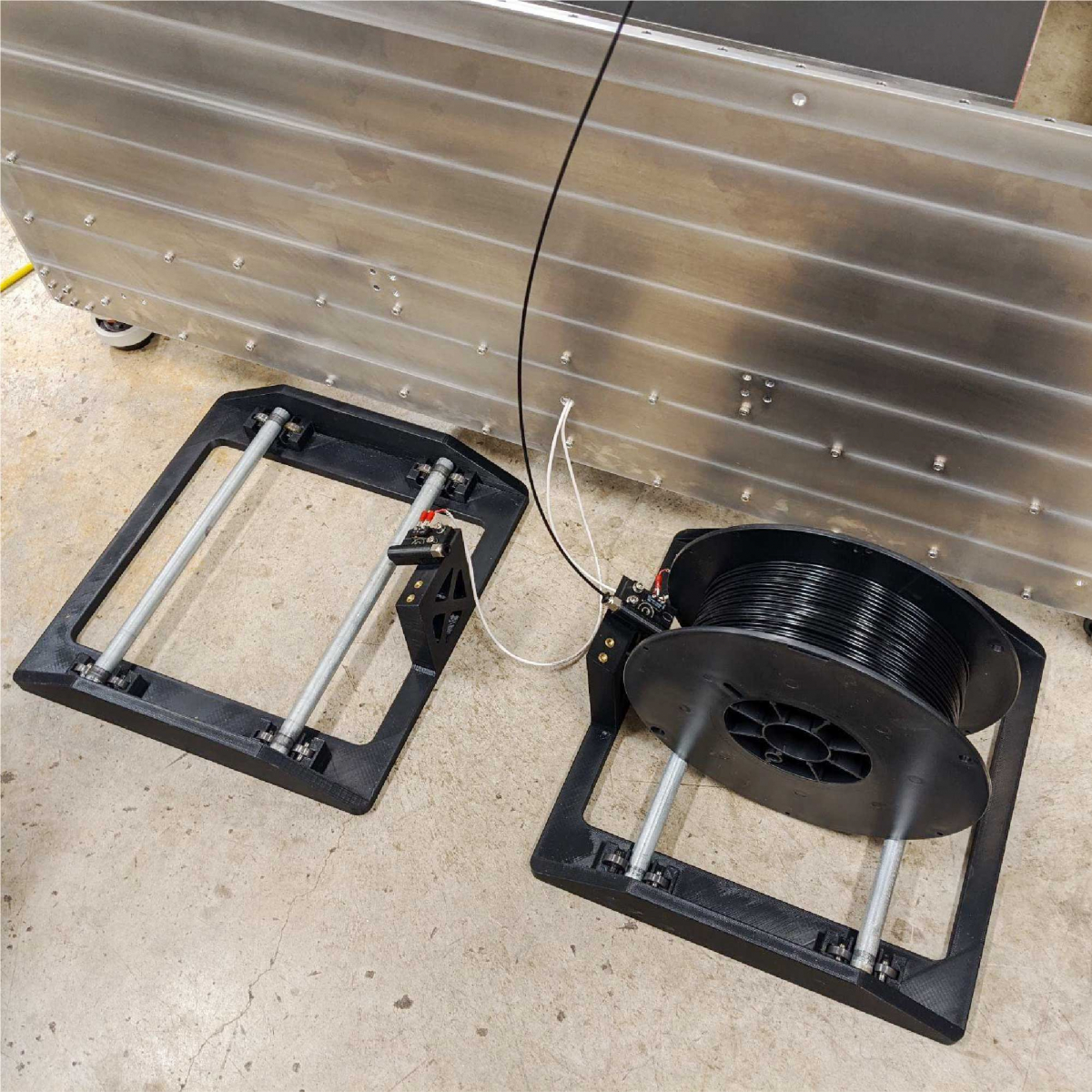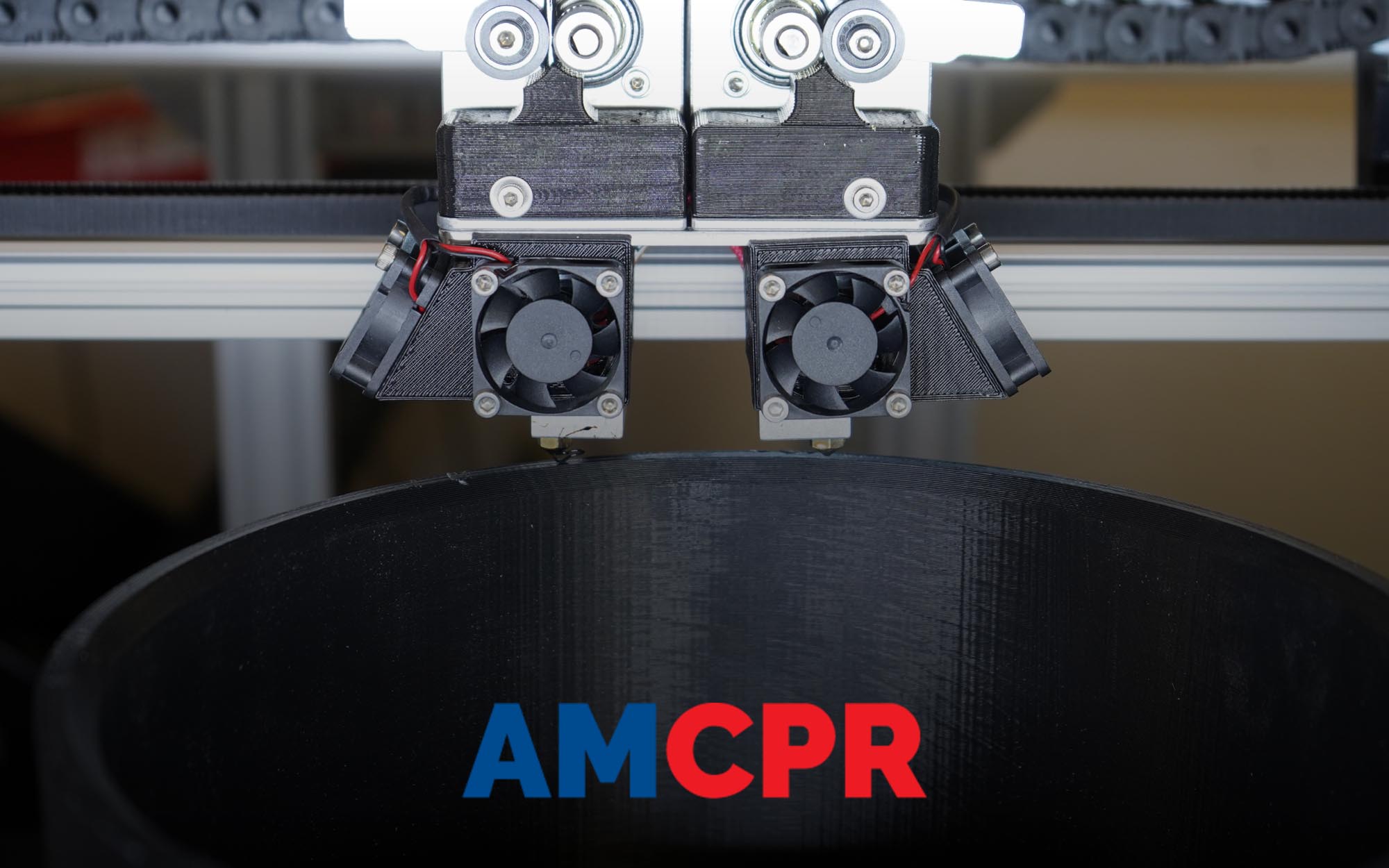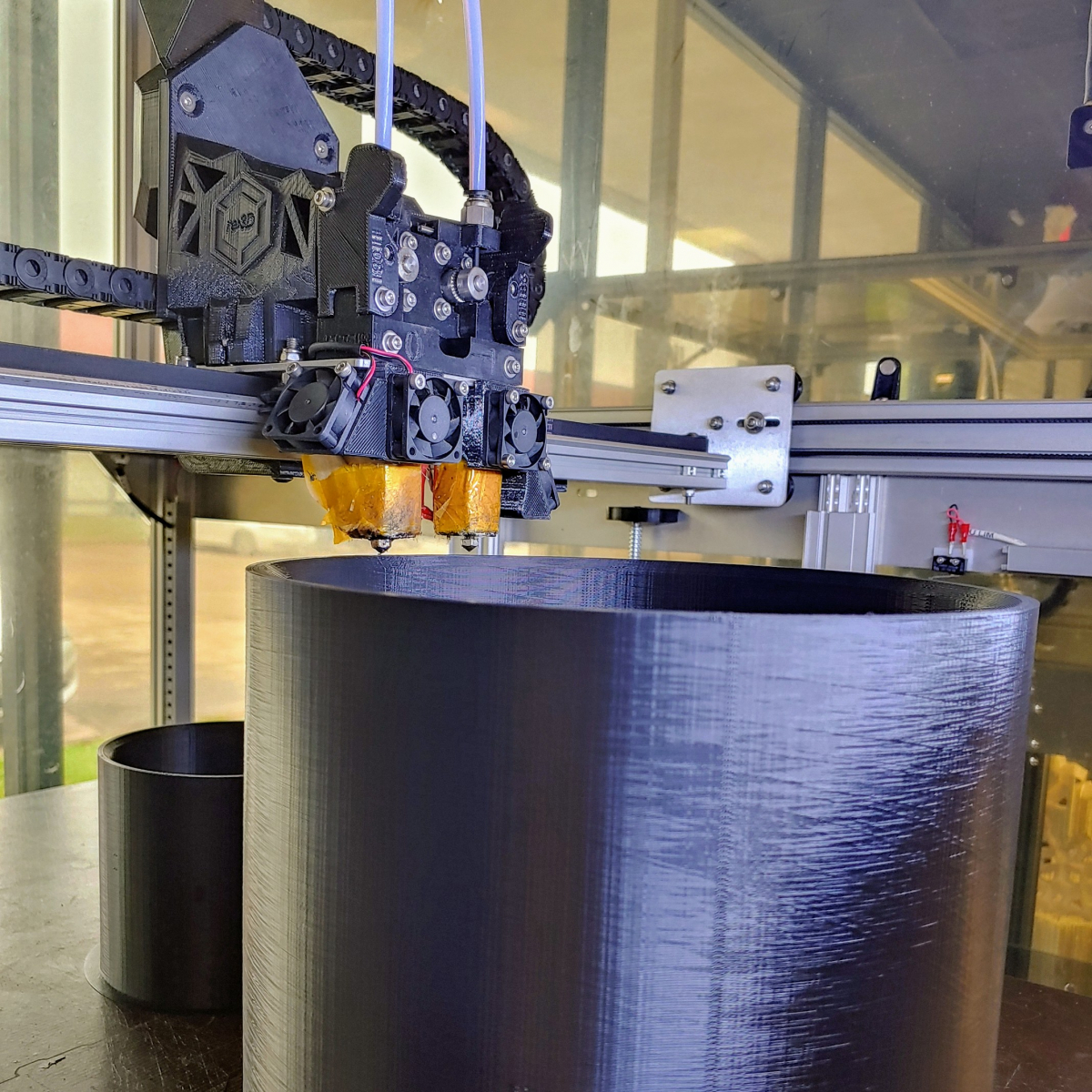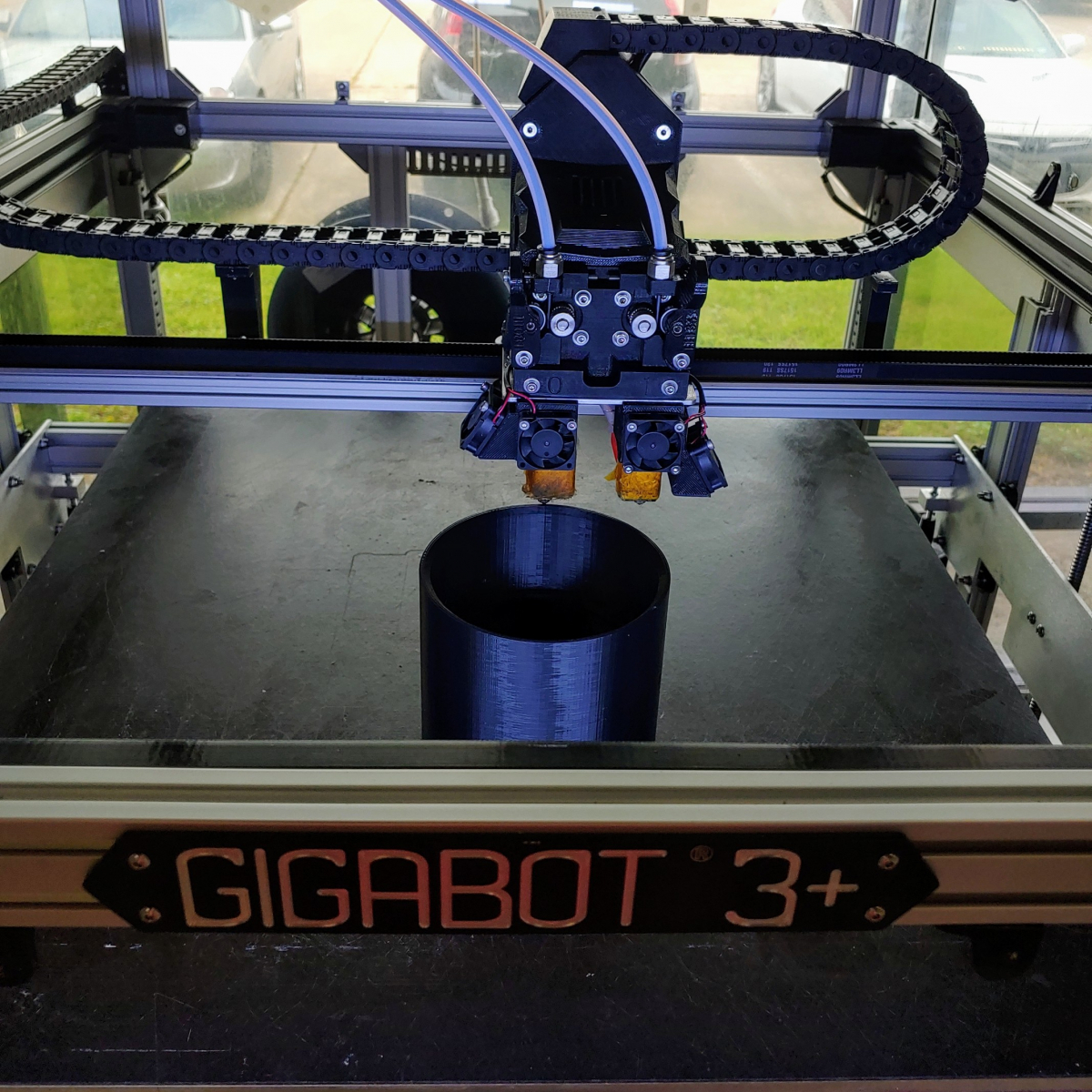*Disclaimer: This article’s contents do not express or imply an endorsement by the Department of Defense, the Air Force, or the United States government
Executive Summary
This award was designed to fulfill requests from two Air Force Education and Training Command (AETC) organizations who presented the need to produce full-scale training aids for Augmented Reality (AR) and Virtual Reality (VR) training. The inert aids, however, were too heavy and inaccessible, and traditional production methods can be time and cost intensive. Existing Additive Manufacturing (AM) hardware that could produce training aids at high fidelity were too small, requiring the aids to be made in multiple small pieces and then assembled. re:3D explored how a digitally driven workflow could drastically reduce these time, cost, scale, and quality factors. re:3D also provided fully custom AM machinery (i.e. 3D printers) capable of producing single-piece, full-scale training aids at high quality. By implementing 3D scanning and a custom large-scale 3D printer, dubbed “Exabot” by re:3D, these groups were enabled to produce full-scale training aids on-demand at a 74% reduction in turnaround time and approximately 90% reduction in costs.
Client Snapshot
The 149th Fighter Wing, stationed on Joint Base San Antonio-Lackland, Texas is a part of the Air National Guard. As an F-16 training unit, its mission is to produce the finest airmen for global engagements and domestic operations while supporting its families and serving its communities. It’s sister unit is the 147th Attack Wing, at Ellington Field Houston, where they fly combat support missions with the MQ-9 Reaper.
Needs and Challenges
For the AETC, there was a need to train Air Force (AF) technicians and operators in the precise assembly of GBU and JDAM kits. Technologies like AR/VR could have greatly increased training efficacy, but such a process still required the use of full-scale training articles. There were, however, certain drawbacks to using them. First, existing training aids were extremely heavy, requiring special rigging or equipment to transport. Second, traditional manufacturing methods for training aids were costly with respect to time, materials, and money spent. This could have been overcome by utilizing AM, but there were no existing AM platforms that could produce high precision parts at the scale of training aids being used. Even then, operators required a thorough knowledge of 3D printing for the greatest return on investment.
Solution
re:3D focuses on affordable, industrial scale AM, offering a much lower barrier of entry with respect to build volume and feature set as compared to industrial competitors (Fig. 1). All re:3D 3D printers are also designed for modularity and customizability, so older units always have the potential to upgrade. Through a Phase II Open Topic SBIR grant awarded by AFWERX, re:3D was able to work with the 149th FW and 147th ATKW to reverse engineer and produce full-size training aids from AM thermoplastic.
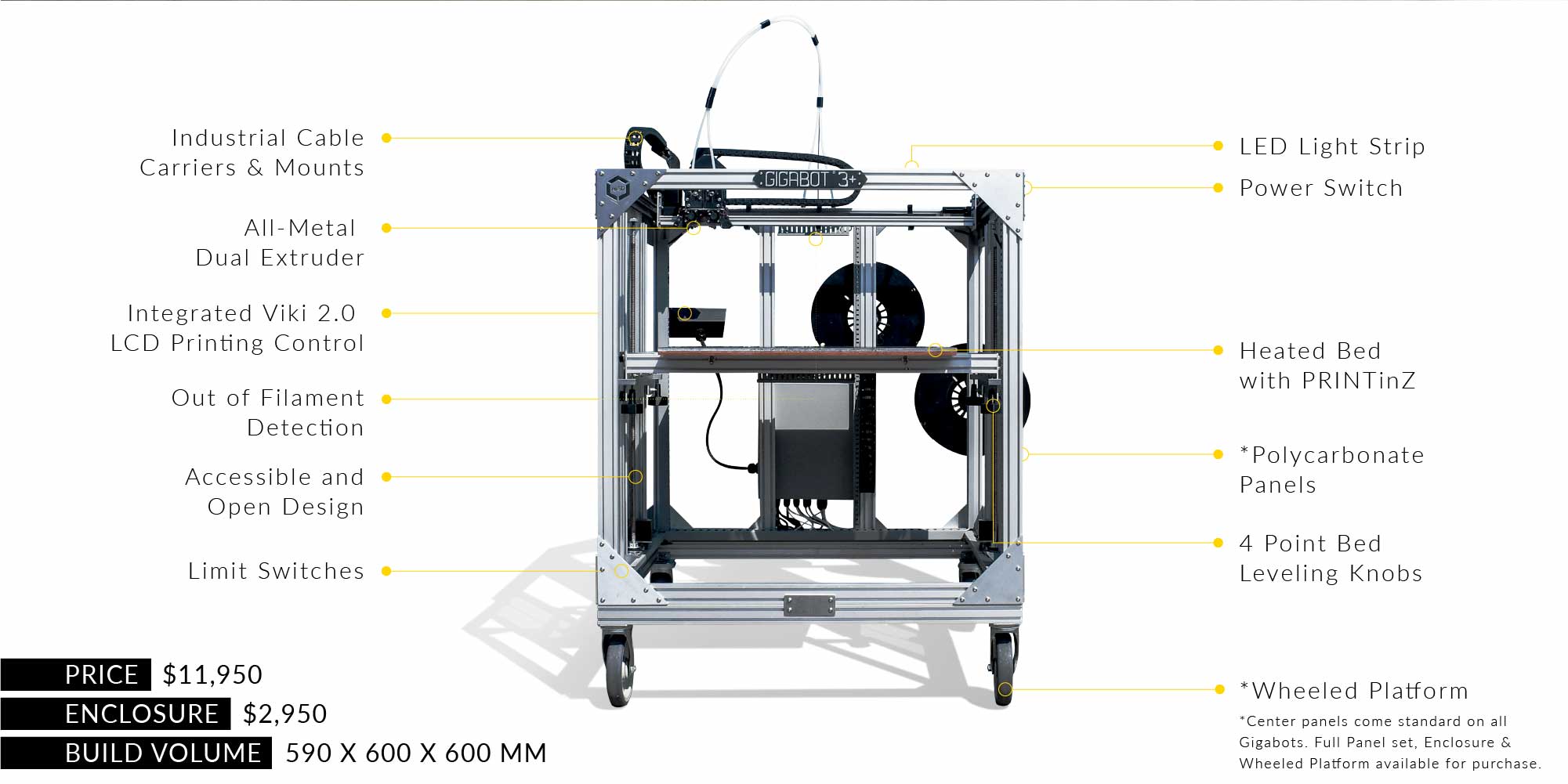
FIGURE 1 - re:3D’S FLAGSHIP PRODUCT, GIGABOT 3+. LEARN MORE AT https://re3d.org/gigabot/
During this process, re:3D explored the potential for savings in cost, time, and materials through the fabrication of training aids via digital fabrication tools. Specifically, a Creaform HandySCAN Black Elite 3D scanner was used to capture high resolution 3D geometry for multiple Guided Bomb Unit(GBU) and Joint Direct Attack Munition (JDAM) kits (Fig. 2). The scans were post-processed in Creaform VXmodel and Dassault Systemes SolidWorks for ease of 3D printing and assembly. From there, several test prints were produced (Fig. 3) on re:3D’s print farm, a collection of in-house Gigabot and Terabot 3D printers(Fig. 4), to optimize the printing parameters for best quality.
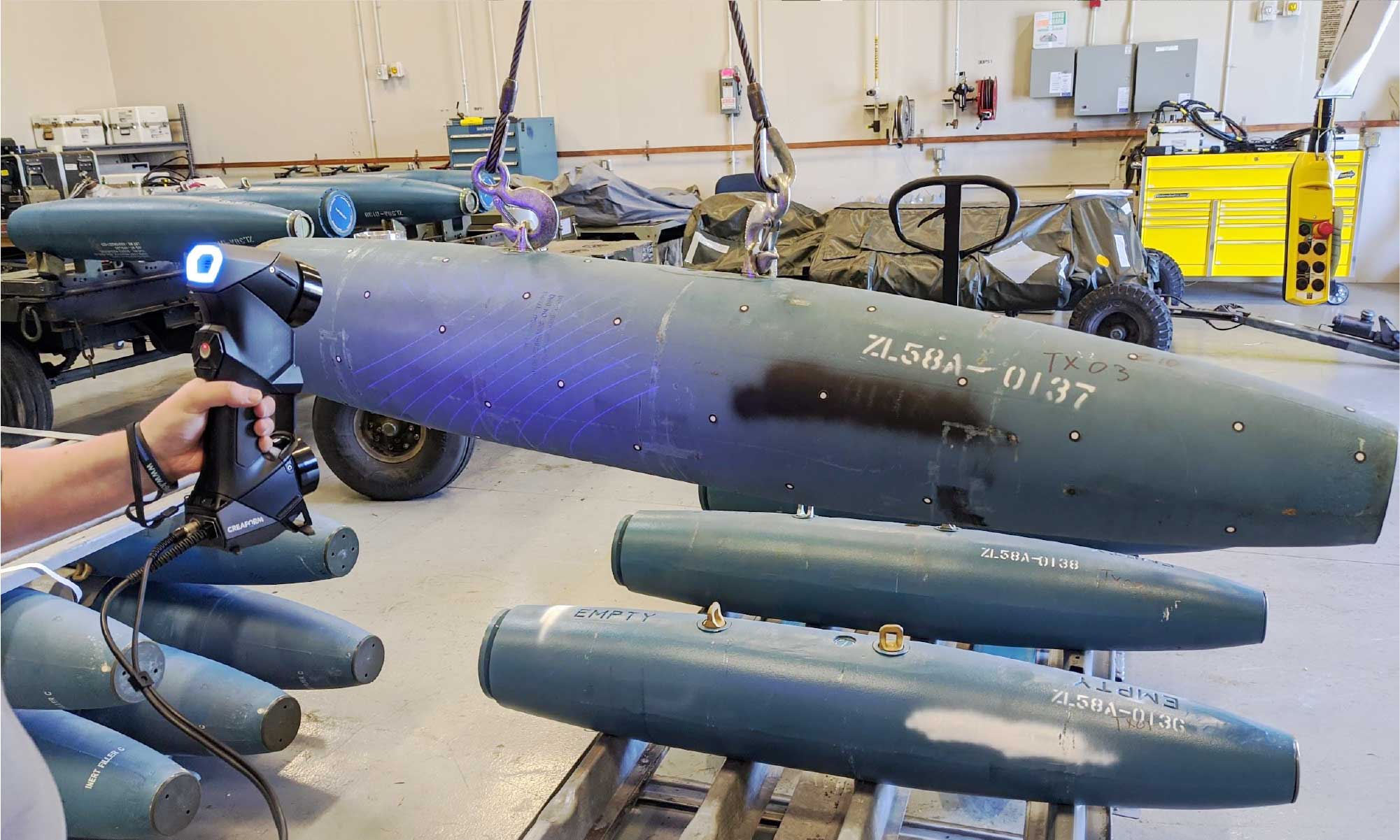
FIGURE 2 - SCANNING A GBU BODY WITH THE HANDYSCAN BLACK ELITE
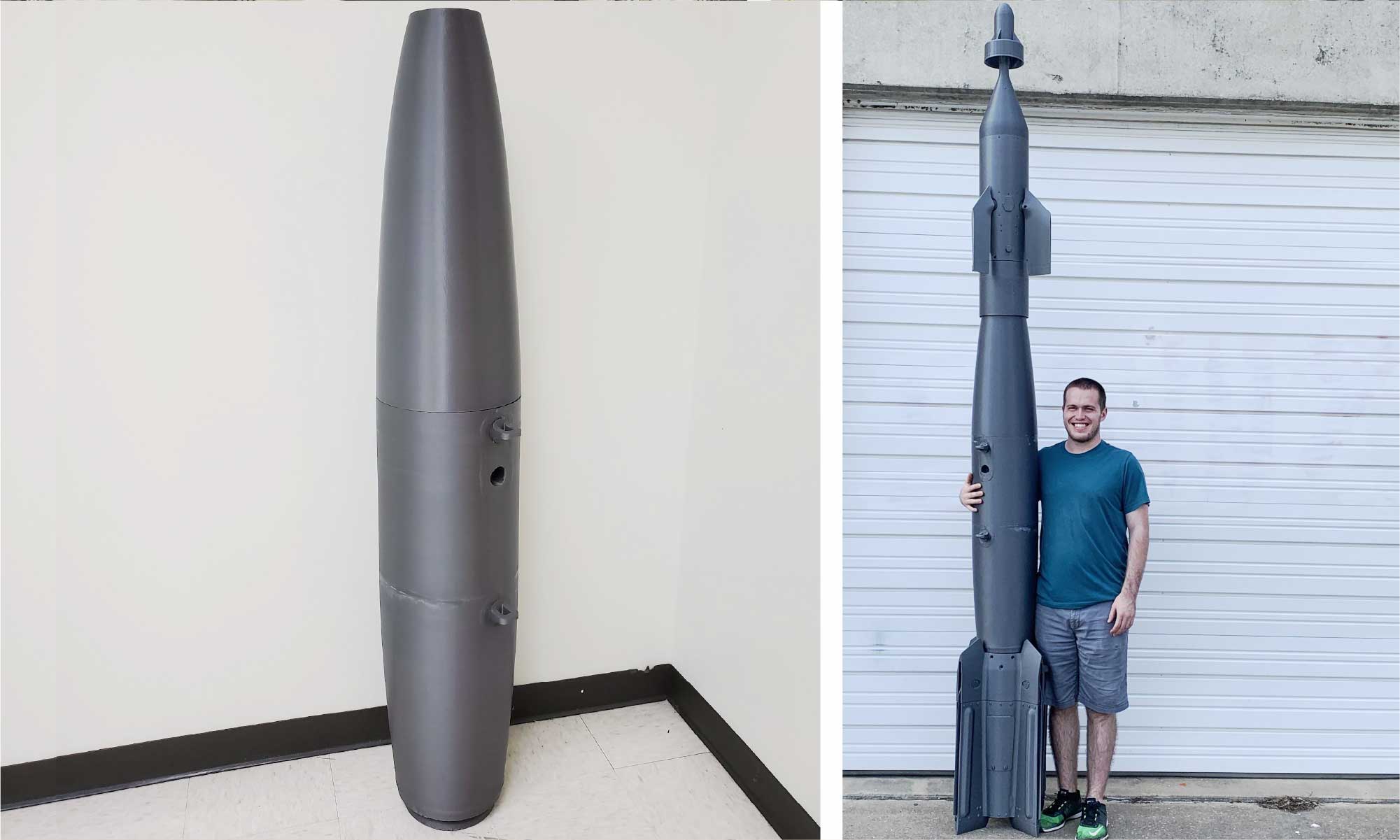
FIGURE 3 - FULL-SCALE 3D PRINTED VERSION OF GBU BODY AND THE ASSEMBLED FULL-SCALE 3D PRINTED GBU12, RESPECTIVELY
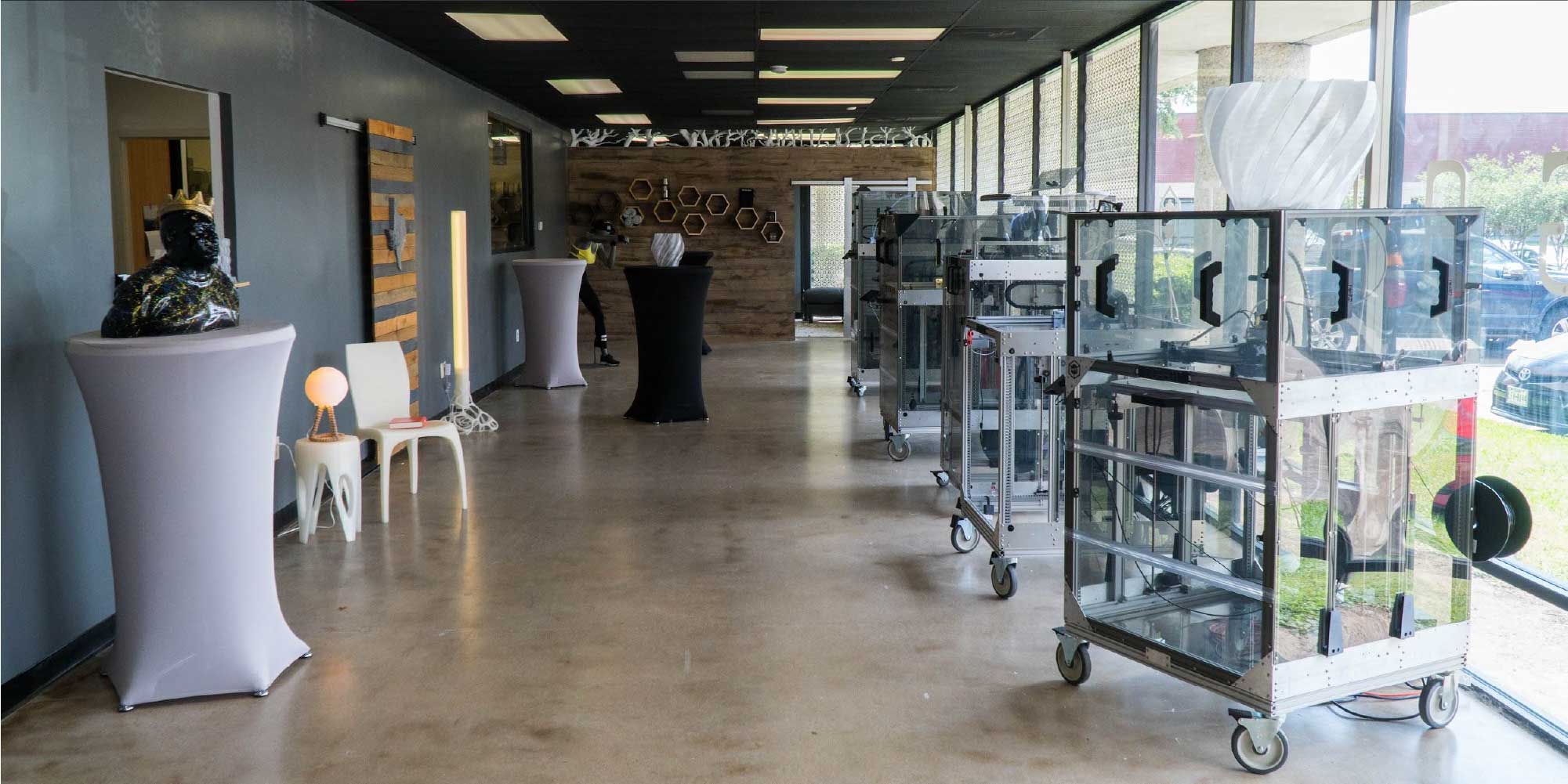
FIGURE 4 - THE re:3D SHOWROOM IN HOUSTON, TX, WHICH HOUSES A PORTION OF THE COMPANY’S PRINT FARM
After exploring the workflow and implied cost savings of using 3D scanning and AM to produce training aids, re:3D designed a custom 3D printer catered specifically towards GBU and JDAM production (Fig. 5). This included an extension of the flagship products’ maximum printing height from 3 feet to 6 feet, allowing for printing entire GBU/JDAM models in a single piece. Training was provided to the customer to minimize the learning curve and achieve reliable, successful 3D prints faster. The development process began on a touchscreen add-on, which will provide a more intuitive and accessible control interface.
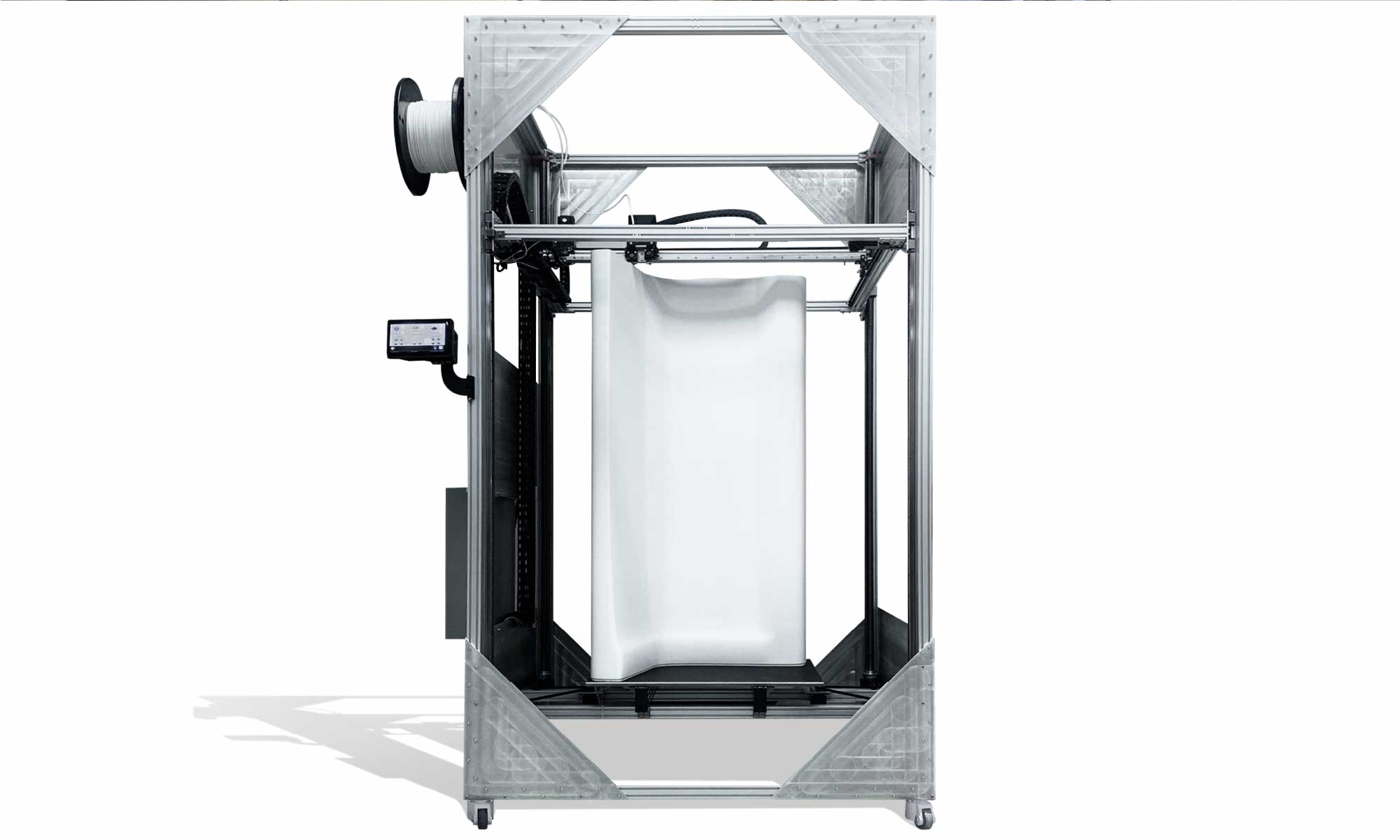
FIGURE 5 - EXABOT, FULLY ASSEMBLED PRIOR TO INSTALLATION AT THE 149th FW
Results
The first half of the work with the 149th FW and 147th ATKW consisted of the 3D scanning and print optimization work. With the 3D scanner, re:3D was able to capture and reverse engineer fully featured 3D models of multiple GBU/JDAM kits (Fig. 6). The test printing yielded multiple full-scale printed training aids delivered to both the 149th FW and 147th ATKW for their assessment. After this process, re:3D compiled a digital package consisting of post-processed 3D models, optimized printing profiles, and ready-to-print .gcode files (Fig. 7).
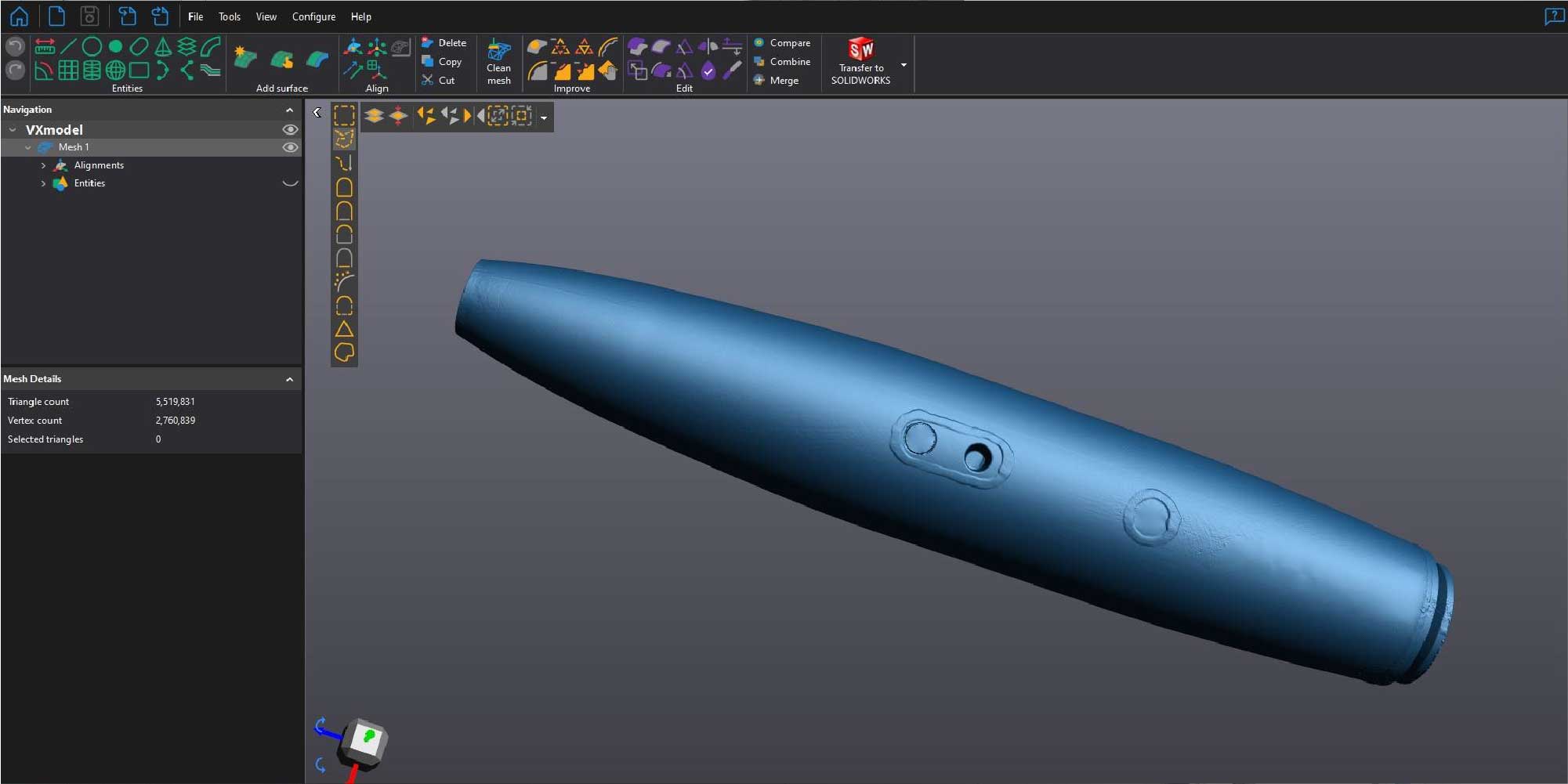
FIGURE 6 - GBU12 BODY BEING PROCESSED IN CREAFORM VXMODEL SCANNING SOFTWARE
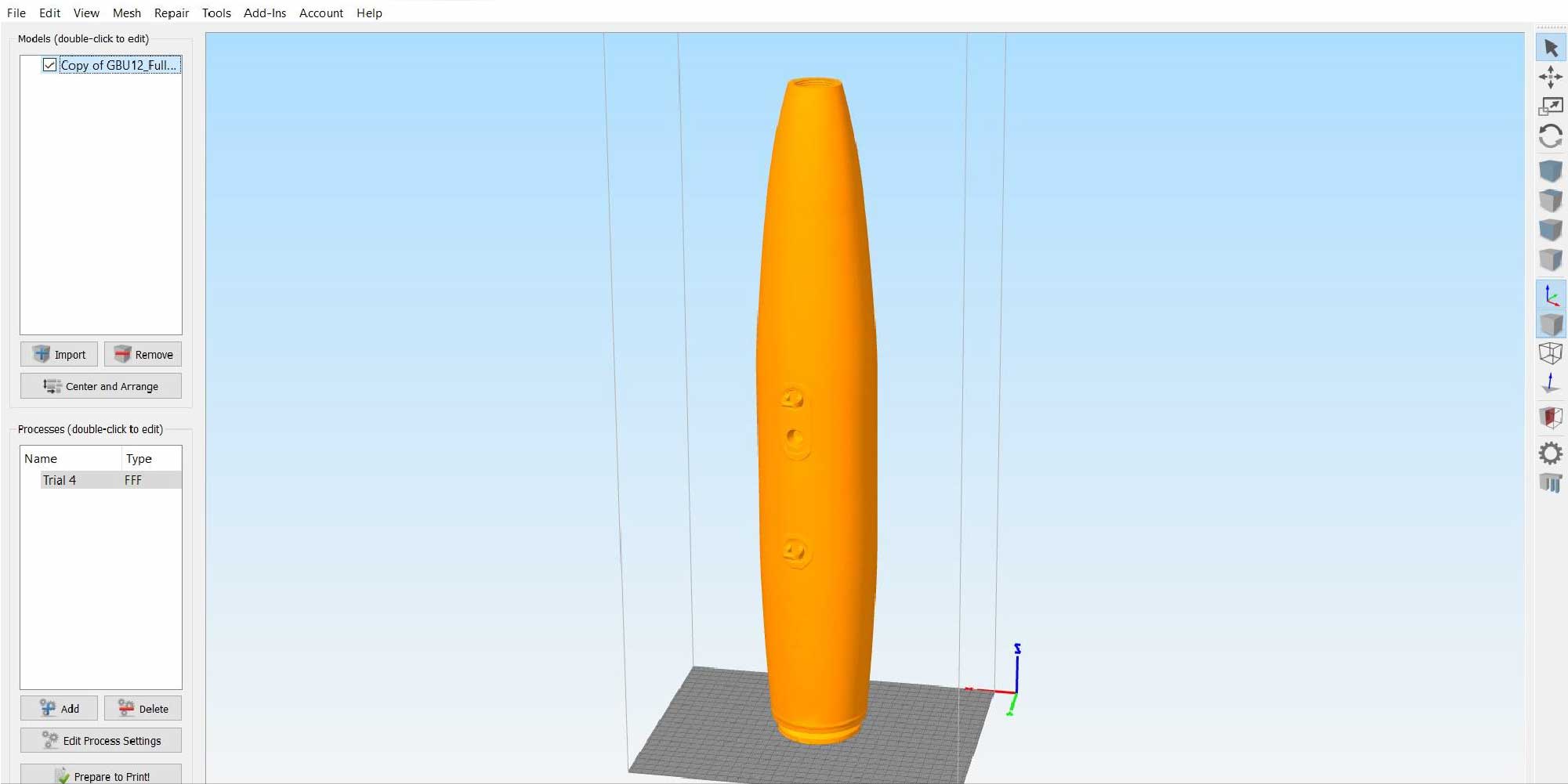
FIGURE 7 - PREPARING THE GBU12 BODY FOR PRINTING WITH SIMPLIFY3D 3D PRINTING SOFTWARE
A fully AM GBU38B weighed 33 lbs (Fig. 8), with its real-world equivalent weighing in at over 600 lbs. This amounts to a weight reduction of over 90% by switching to an AM training aid that still maintains the same geometric features as the genuine article. There are also implied safety and logistical benefits as a result of the drastic weight reduction. Transportation and handling of the training aids would require less staff and equipment and be easier, safer, and cheaper as a result.
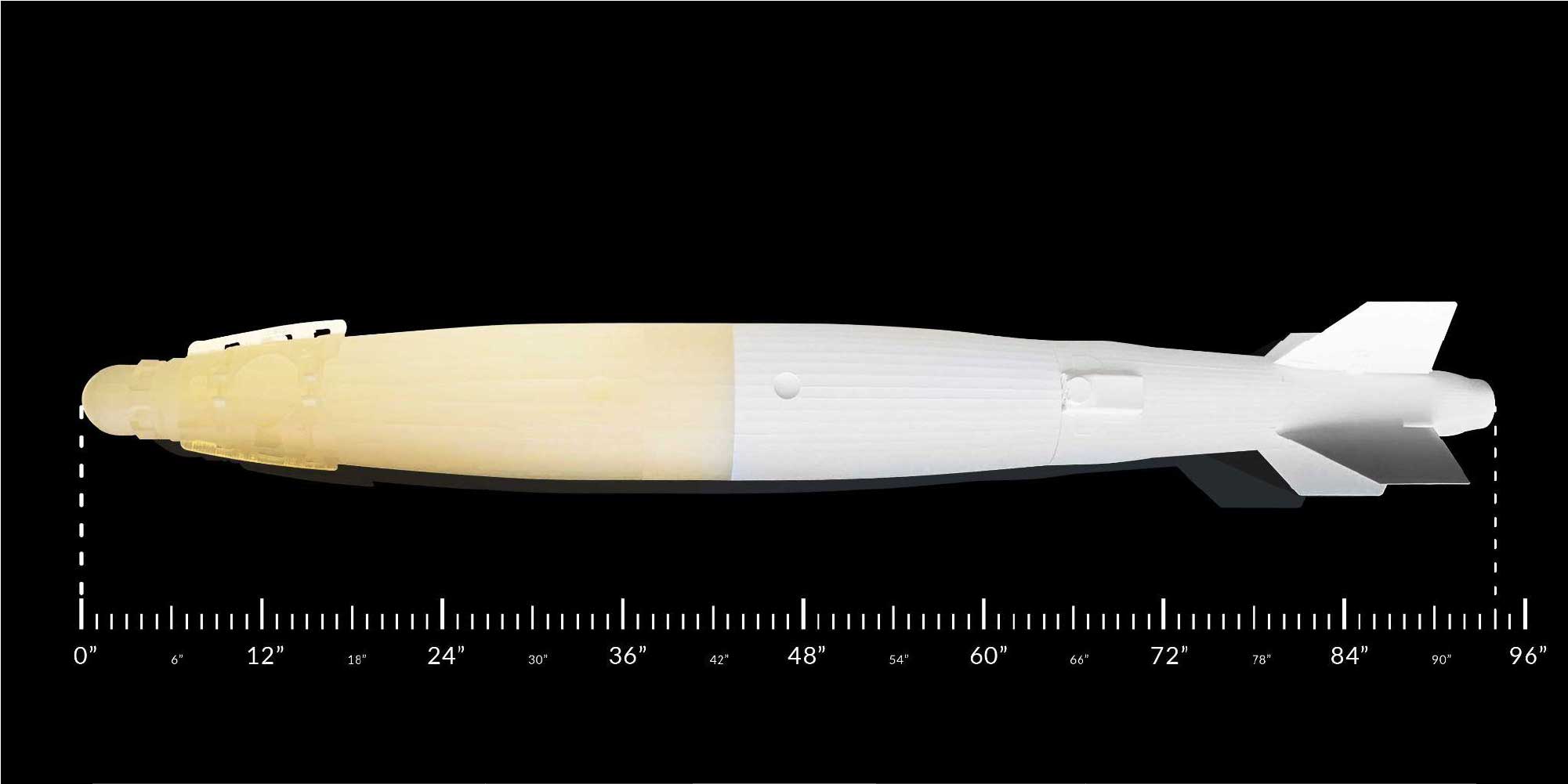
FIGURE 8 - FINISHED AND ASSEMBLED GBU38B. THE FULL LENGTH IS 94 INCHES OR ROUGHLY 2.4 METERS
Using traditional sourcing, for the 147th ATKW to acquire one of their GBU/JDAM units would cost $10,000. A spool of high quality PLA plastic filament for AM will typically cost $20 per pound. At roughly 30 lbs, a fully AM GBU/JDAM kit only uses about $600 in materials to produce (Fig. 9). This equates to a 94% cost reduction when comparing just the materials. Extra associated costs include electricity usage, printing set up and post processing (when necessary), but these do not nearly make up for the drastic cost difference. Primarily, the main cost advantage comes in the fact that the parts can be printed with minimal setup or supervision.
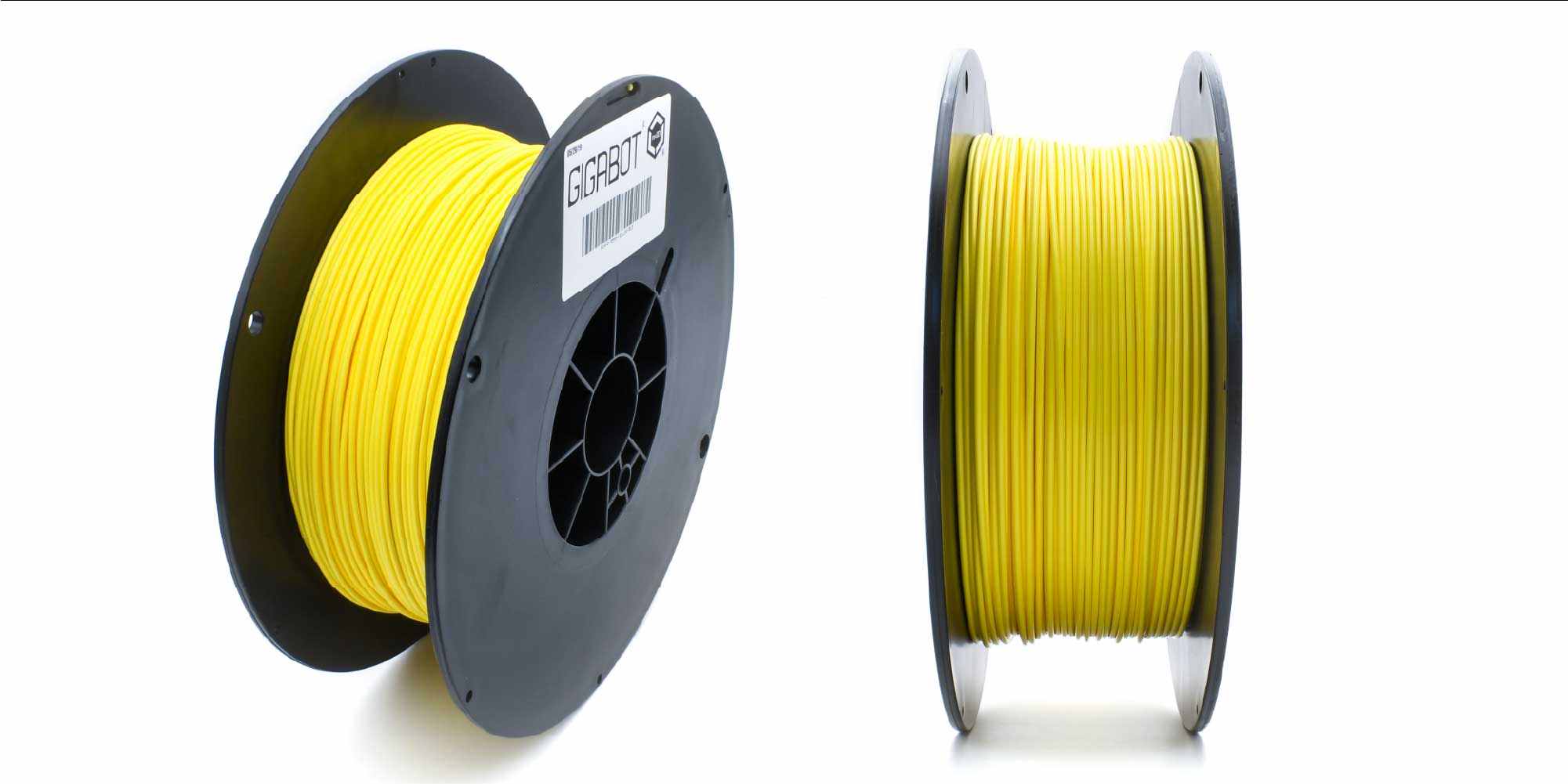
FIGURE 9 - SPOOL OF PLA FILAMENT, SIMILAR TO WHAT WAS USED TO MANUFACTURE THE FULL-SCALE TRAINING AIDS
Instead of acquiring engineering drawings of each and every piece of equipment and recreating the models in CAD, re:3D used a 3D scanner to quickly capture 3D geometry for the kits the 147th ATKW and 149th FW were interested in using. Each scanning session took approximately 2 hours, followed by a few hours of post processing for each model in order to fix any scanning artifacts or to modify geometry for ease of printing or assembly. From there, each model was ready to print as desired. The typical turnaround time for the 147th to acquire one of their traditional training aids can be around 3 weeks. On the other hand, one of these kits can be printed in its full scale in 130 uninterrupted hours. This equates to a 74% reduction in time to complete a fully 3D printed training aid.
After the completion of the custom 3D printer, dubbed the “Exabot”, it was delivered directly to the 149th FW. With a build volume of 3 feet by 2 feet by 6 feet (Fig. 10), Exabot is perfectly suited for printing full-sized GBU/JDAM kits, or any other parts that fit within the build volume as the end users see fit. Compared to a typical re:3D Gigabot 3+, Exabot also sports a stationary bed, a gantry which moves in the X, Y, and Z directions, a heavy duty frame with leveling casters, and a counterweighted filament delivery tube for consistent quality no matter how tall the print (Fig. 11).
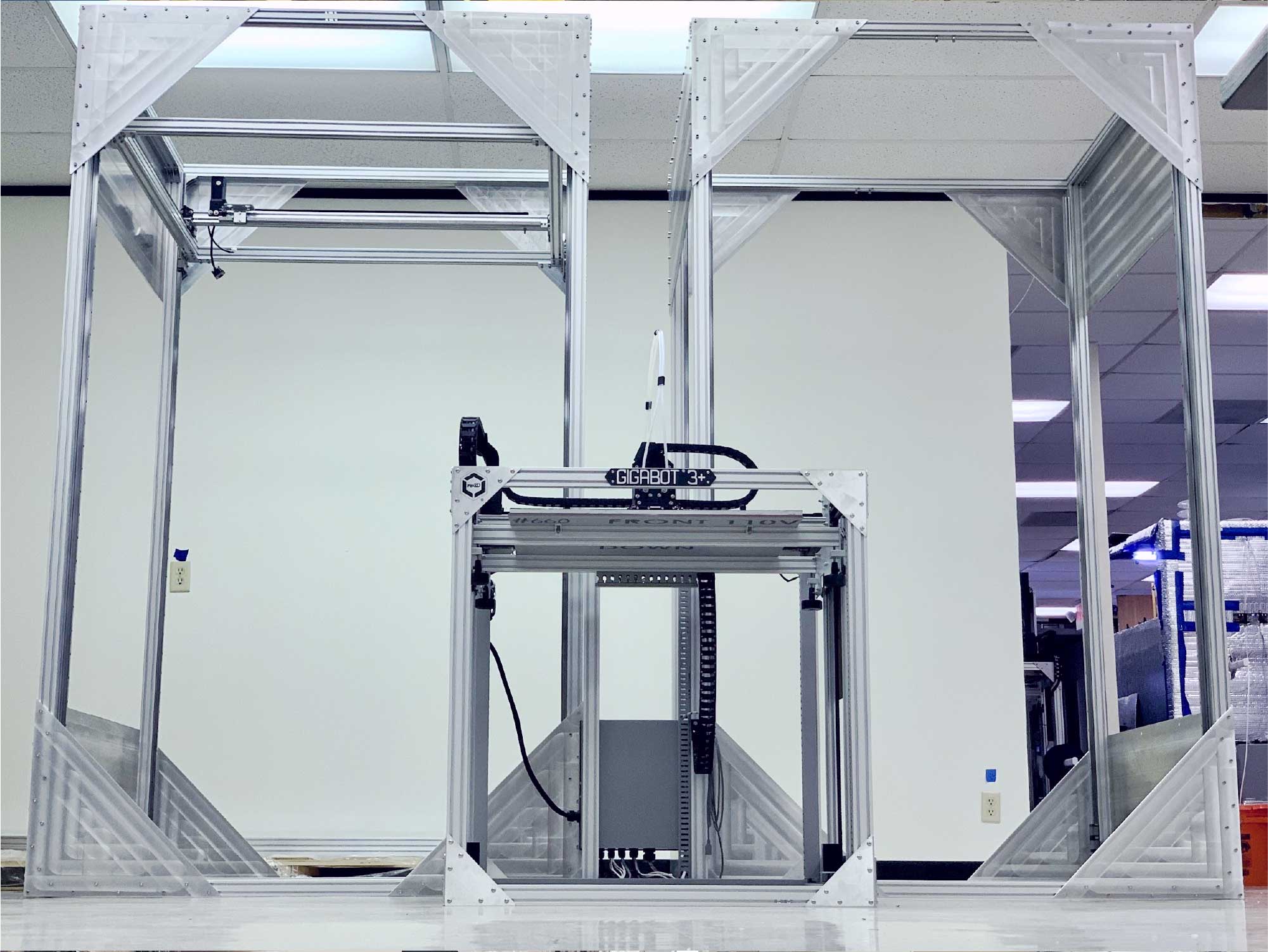
FIGURE 10 - SIZE COMPARISON OF TWO EXABOT FRAMES VERSUS ONE GIGABOT 3+
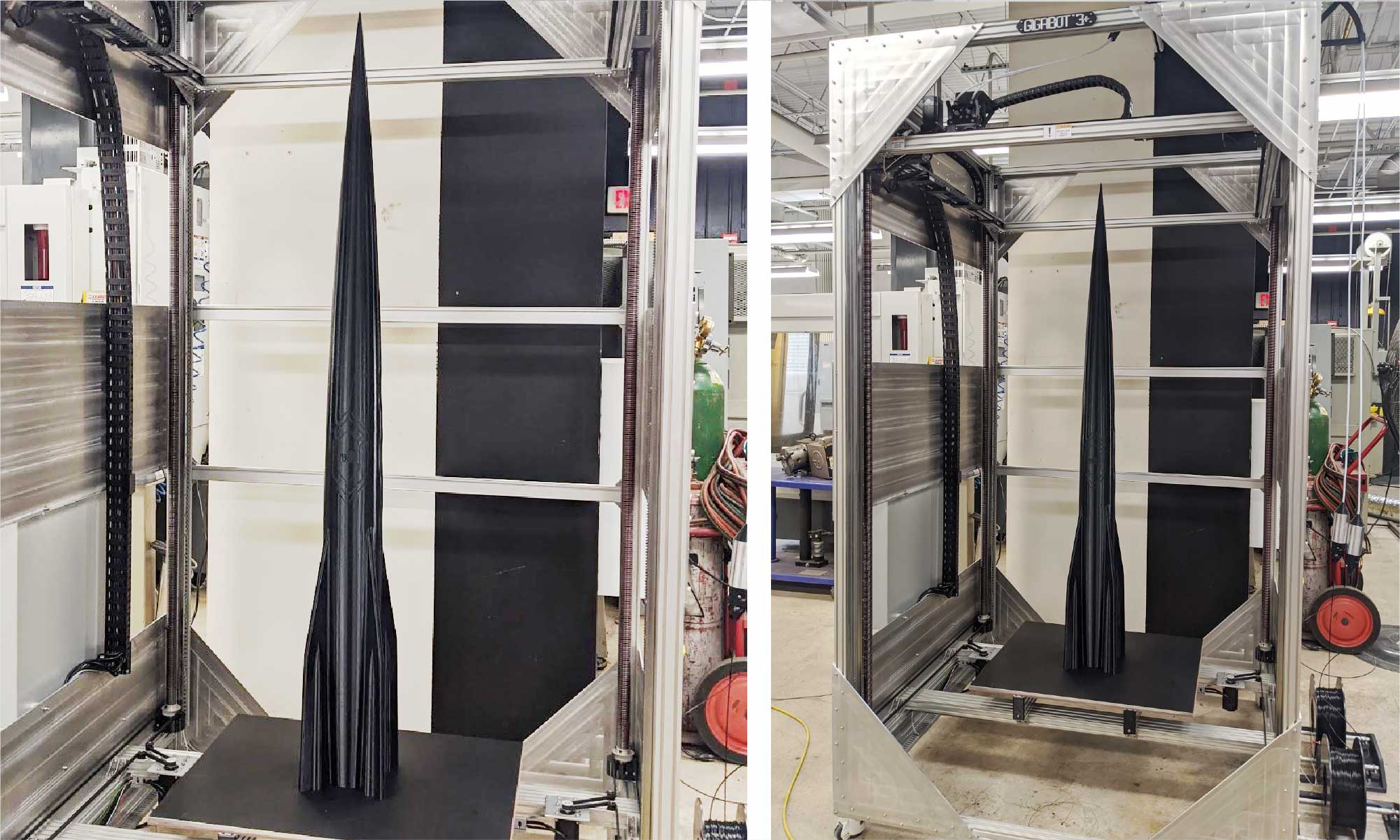
FIGURE 11 - EXABOT AFTER DELIVERY AT THE 149TH FW AND A COMPLETED 16 HOUR 3D PRINT OF A MODEL ROCKET
After the Exabot delivery, re:3D provided training to the 149th FW (Fig. 12). While the crew at the 149th FW were already very familiar with 3D printing, re:3D was prepared to train operators at all levels of experience. This included education in machine calibration, maintenance, and operation as well as Simplify3D software set up. At the conclusion of the training, the 149th FW crewmen felt comfortable with operating Exabot and excited at their new ability to 3D print full scale parts.
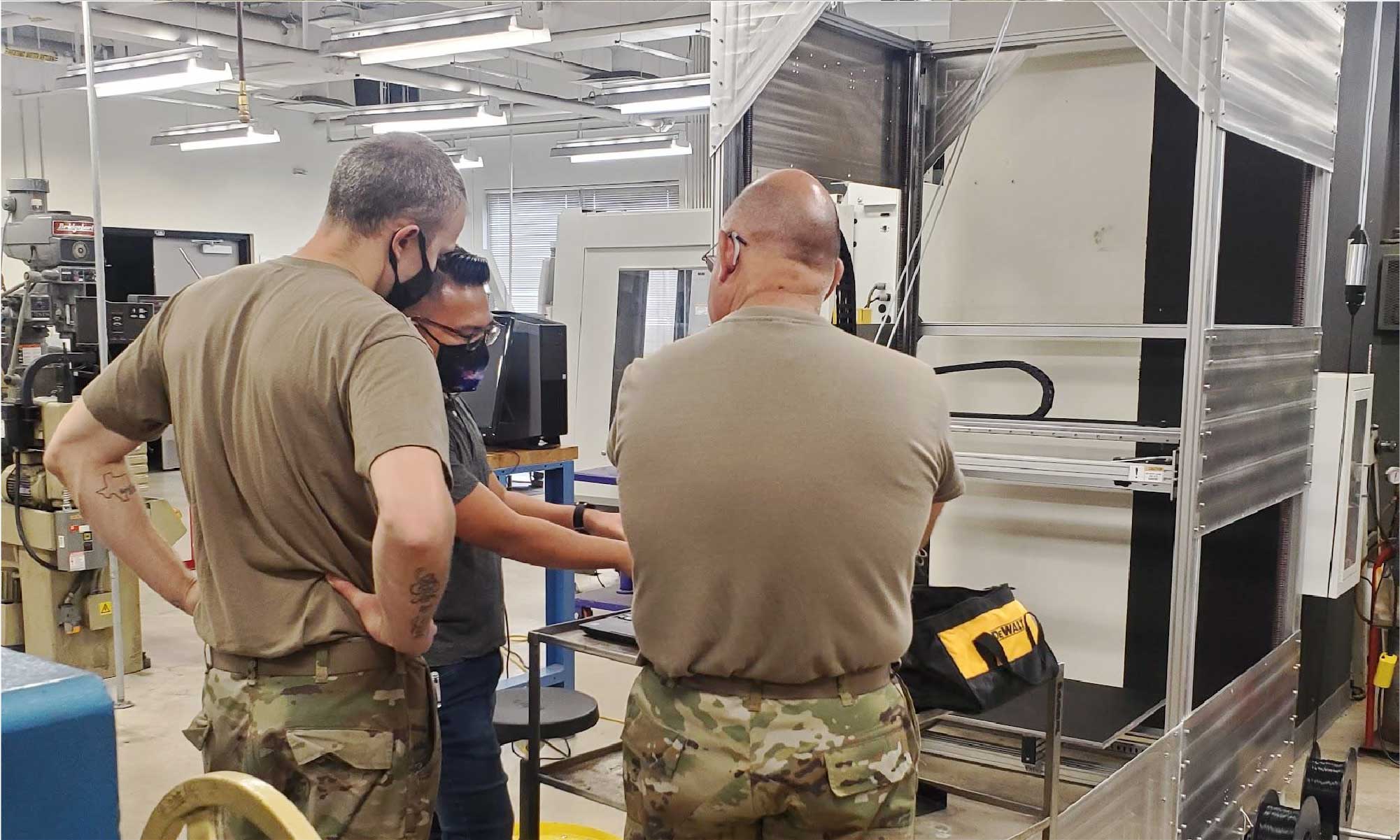
FIGURE 12 - ONSITE TRAINING WITH THE 149TH FW
Continuous Improvement
re:3D values continuous improvement for their products and is committed to building an upgrade path for all standard machines. For example, an early Gigabot 2 can be upgraded to the latest Gigabot 3+, affordably preserving common components from unnecessary disposal while improving the machine’s functionality. re:3D approaches Exabot with the same commitment, leveraging feedback from the 149th FW to inform improvements that all Exabot users will benefit from.
Improved Filament Feeding
One challenge of large scale 3D printing is managing the filament feed path. The first iteration of Exabot used counterweighted filament tubes, with a constant length of tubing that moved in and out of the frame depending on the height of the gantry (Fig. 13). After some use, however, the operators gave re:3D feedback about shortcomings with this design.
FIGURE 13 - EXABOT WITH COUNTERWEIGHTED FILAMENT TUBES
The 149th FW Exabot was updated with a frame holding the filament spools directly above the gantry (Fig. 14). This stores all filament inside the frame, minimizing the overall footprint. There was also a 70% reduction in the filament path, for more reliable feeding and less chances of grinding through filament, and more economical use of filament spools.
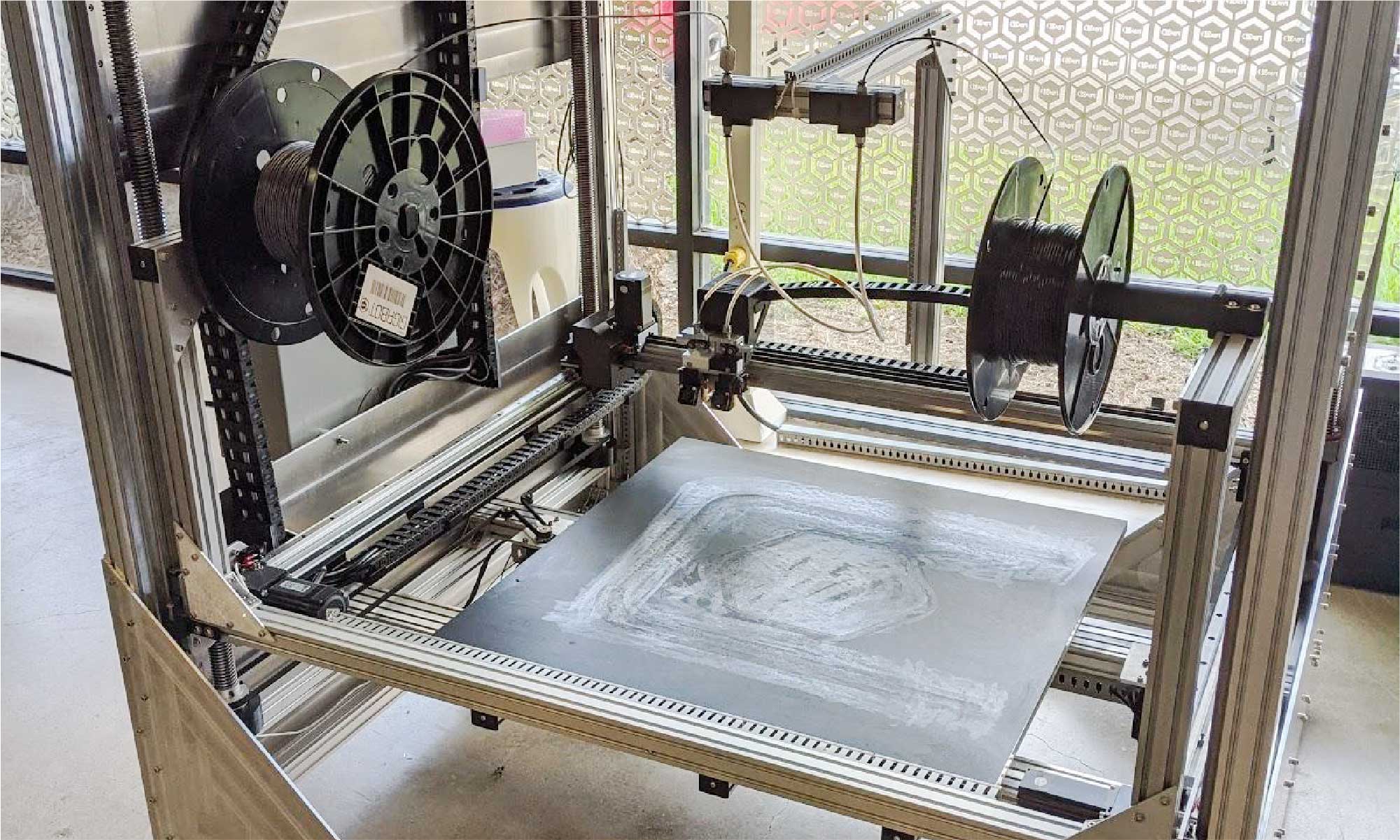
FIGURE 14 - EXABOT WITH THE FILAMENT SPOOL FRAME
Upgraded Build Volume
While the original bed size was driven by the size of the training aids used by the 149th FW, the gantry of Exabot could actually accommodate a slightly larger bed plate. A simple and straightforward improvement was to install a new bed assembly that was large enough to fit the full stroke of travel of the X and Y axes. The original bed plate was 24” x 30” while the new plate is 30.7” x 30.7”, for a 31% increase in build volume.
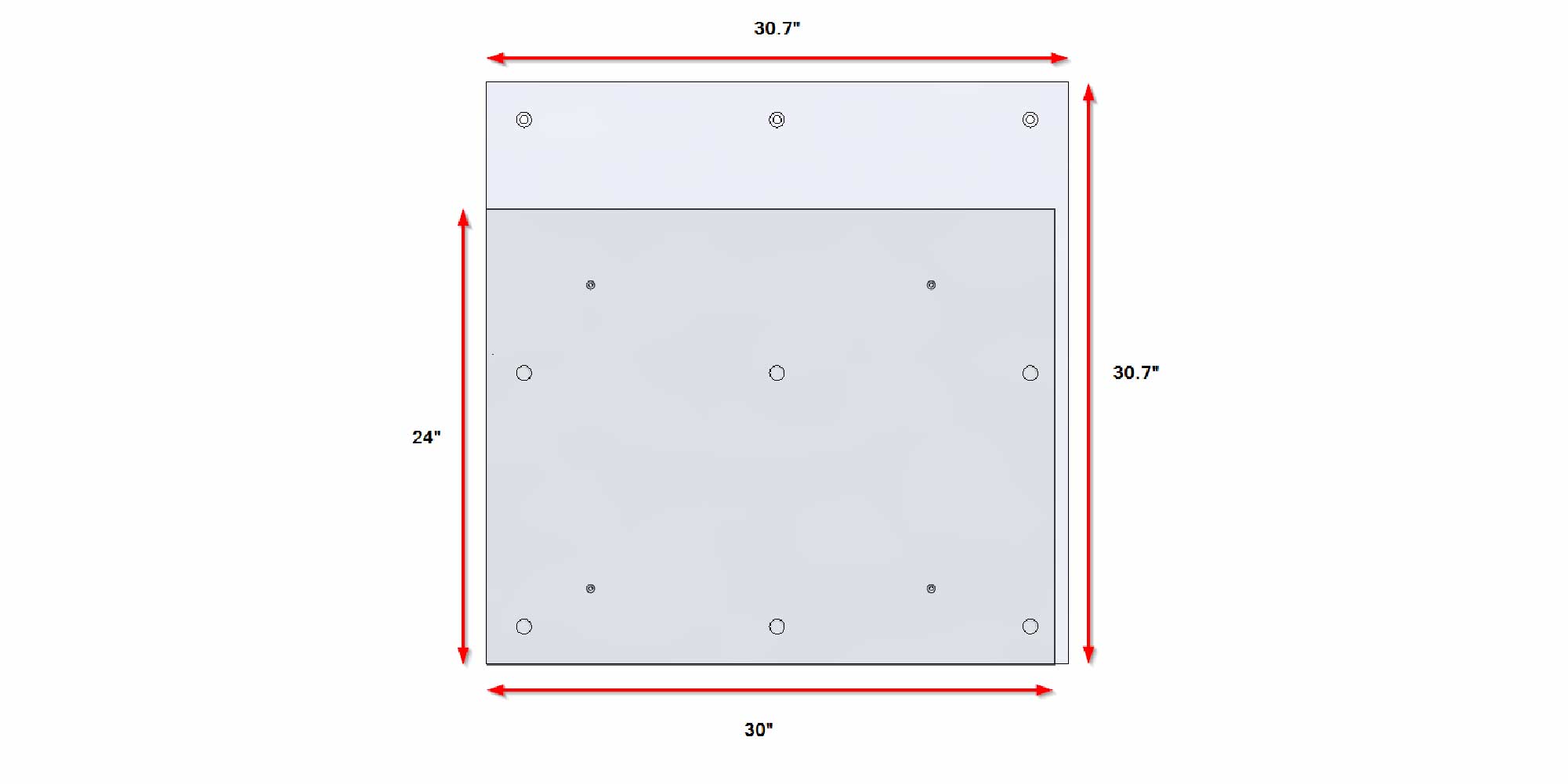
FIGURE 15 - NEW BED PLATE SUPERIMPOSED OVER THE OLD BED PLATE AS A VISUAL COMPARISON OF SIZE DIFFERENCE
Continued Engagement
re:3D continues to engage with the 149th FW for regular service and maintenance needs, and also to better understand their 3D printing workflow and collect valuable feedback. This information will inform the next generation of re:3D’s large scale 3D printing products.
Call to Action
This grant opportunity awarded by the AFWERX open topic solicitation enabled active investigation of Air Force needs and resulted in an innovative solution that was immediately commercialized with global interest, which include requests for even larger custom form factors. As mentioned above, many areas were identified and addressed for cost reduction. re:3D has had subsequent conversations with DOD stakeholders, identifying further needs that may be addressed through large scale 3D printing, whether through the flagship Gigabot, and now Exabot, or a collaborative, custom solution.
If your organization is interested in an Exabot of your own, it is available for purchase via GSA (https://bit.ly/3eFLpa0). If your organization is interested in collaborating on a future SBIR grant opportunity, feel free to email info@re3d.org with your vision to #dreambigprinthuge. re:3D is happy to consider any SBIR Phase 1, Direct to Phase 2 and eventually even beyond into Phase 3 opportunities. If you are interested in purchasing one of re:3D’s standard 3D printers or service offerings, please send a message to sales@re3d.org.
